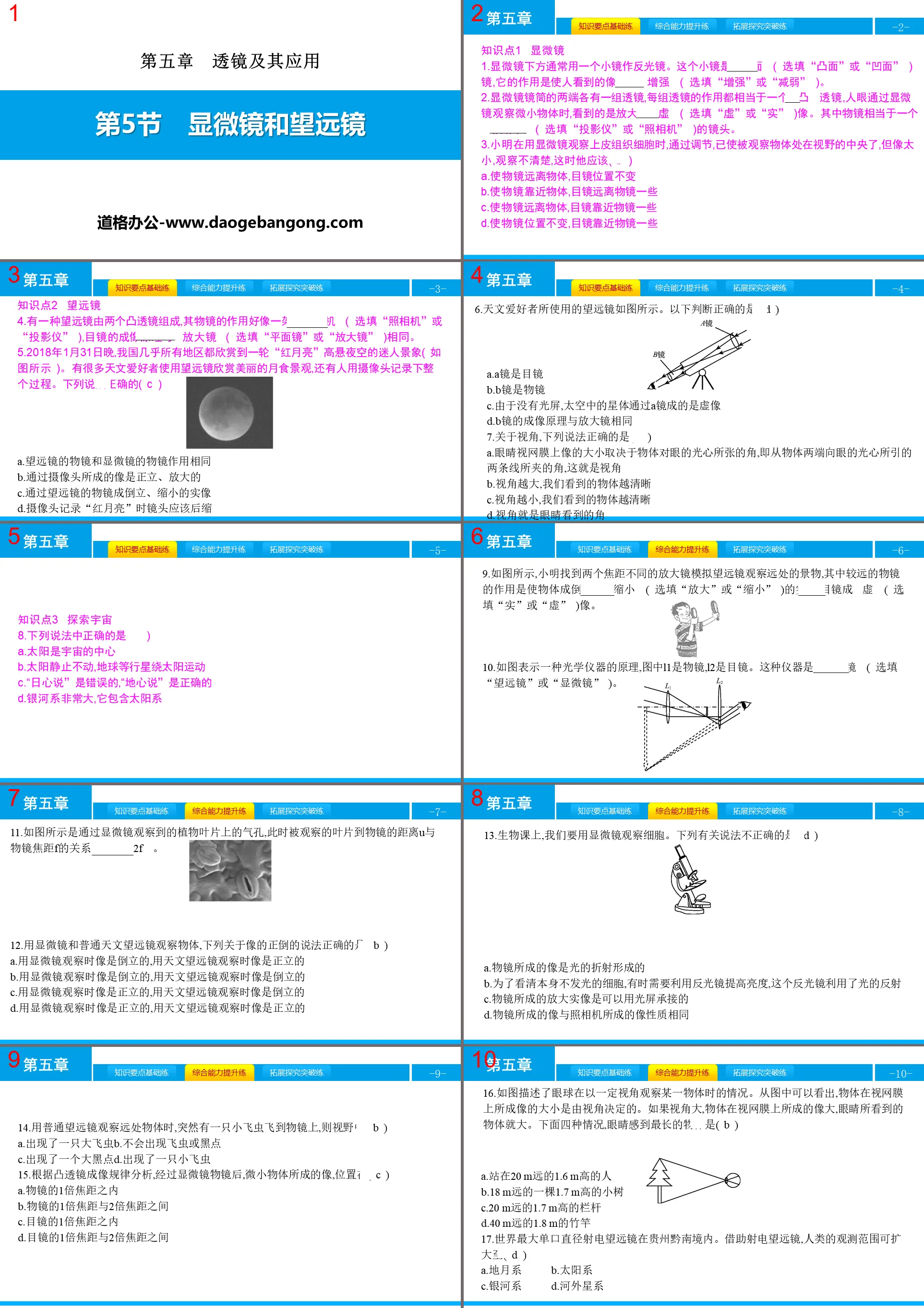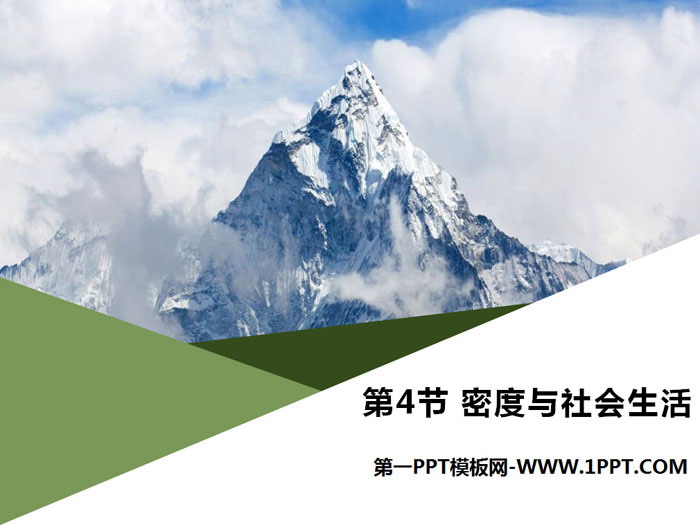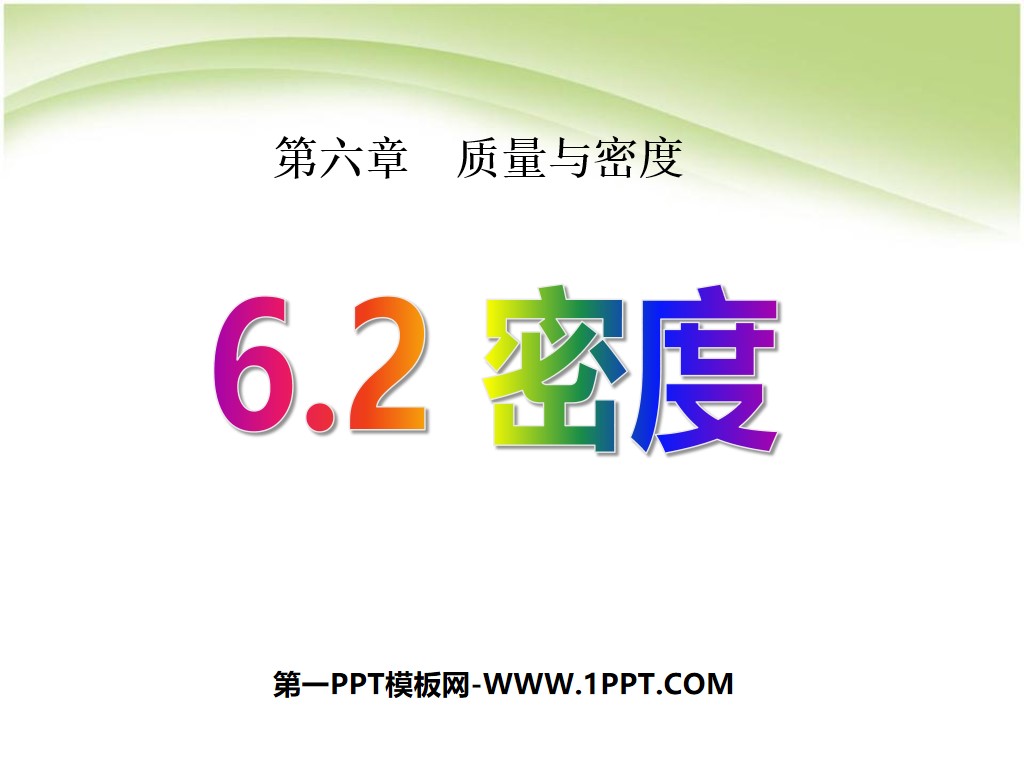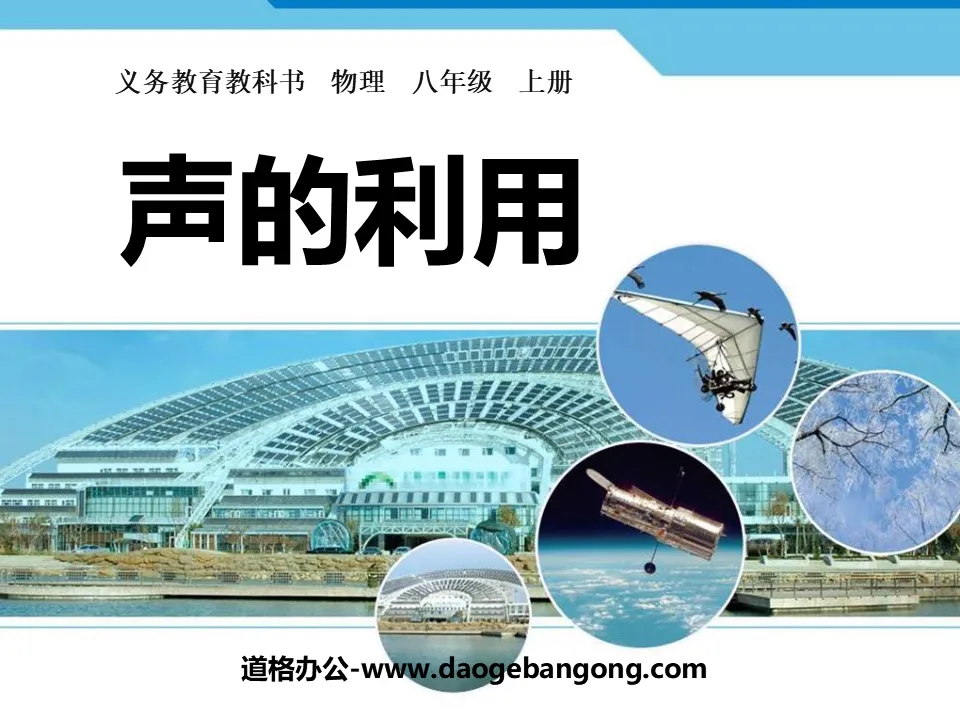
| Category | Format | Size |
|---|---|---|
| People's Education Edition Physics for Grade 8, Volume 1 | pptx | 6 MB |
Description
"Microscope and Telescope" Lenses and Their Applications PPT Download
Part One Content: Basic Knowledge Key Points
Knowledge point 1 Microscope
1. A small mirror is usually used as a reflector under the microscope. This small mirror is a concave (optional "convex" or "concave") mirror, and its function is to enhance the brightness of the image seen by humans (optional "enhanced" or "weakened").
2. There is a set of lenses at both ends of the microscope barrel. Each set of lenses functions as a convex lens. When the human eye observes small objects through a microscope, what it sees is a magnified virtual (choose "virtual" or "real" )picture. The objective lens is equivalent to the lens of a projector (optional "projector" or "camera").
3. When Xiao Ming used a microscope to observe epithelial tissue cells, he adjusted so that the object being observed was in the center of the field of view, but the image was too small and the observation was unclear. At this time, he should (B)
A. Move the objective lens away from the object and keep the eyepiece position unchanged
B. Move the objective lens closer to the object and the eyepiece further away from the objective lens.
C. Keep the objective lens away from the object and the eyepiece closer to the objective lens.
D. Keep the position of the objective lens unchanged and move the eyepiece closer to the objective lens.
Knowledge Point 2 Telescope
4. There is a kind of telescope composed of two convex lenses. The objective lens acts like a camera (optional "camera" or "projector"). The imaging principle of the eyepiece is the same as that of a magnifying glass (optional "plane mirror" or "magnifying glass"). .
5. On the evening of January 31, 2018, almost all areas in my country enjoyed the charming scene of a "red moon" hanging high in the night sky (as shown in the picture). Many astronomy enthusiasts use telescopes to enjoy the beautiful lunar eclipse landscape, and some use cameras to record the entire process. Which of the following statements is correct (C)
A. The objective lens of a telescope and the objective lens of a microscope have the same function
B. The image formed by the camera is upright and enlarged
C. Through the objective lens of the telescope, an inverted and reduced real image is formed.
D. When the camera records the "red moon", the lens should be retracted
6. The telescope used by astronomy enthusiasts is as shown in the picture. Which of the following is correct (D)
A.A lens is the eyepiece
B.B lens is the objective lens
C. Since there is no light screen, the stars in space form virtual images through mirror A.
The imaging principle of D.B mirror is the same as that of magnifying glass
7. Regarding perspective, which of the following statements is correct (A)
A. The size of the image on the retina of the eye depends on the angle between the object and the optical center of the eye, that is, the angle between the two lines drawn from both ends of the object to the optical center of the eye. This is the viewing angle.
B. The larger the viewing angle, the clearer the objects we see.
C. The smaller the viewing angle, the clearer the objects we see
D. The angle of view is the angle seen by the eyes
Knowledge point 3: Explore the universe
8. Which of the following statements is correct (D)
A. The sun is the center of the universe
B. The sun is stationary and the earth and other planets move around the sun
C. "Heliocentric theory" is wrong, "Geocentric theory" is correct
D. The Milky Way is very large, it contains the solar system
Microscope and telescope PPT, part 2: improvement of comprehensive capabilities
9. As shown in the picture, Xiao Ming found two magnifying glasses with different focal lengths to simulate telescopes to observe distant scenery. The function of the farther objective lens is to make the object become an inverted and reduced (optional "zoom in" or "zoom out") real image. , the eyepiece becomes a virtual (optional "real" or "virtual") image.
10. The figure shows the principle of an optical instrument. In the figure, L1 is the objective lens and L2 is the eyepiece. This instrument is a telescope (optional "telescope" or "microscope").
11. As shown in the figure, the stomata on the plant leaves are observed through a microscope. At this time, the relationship between the distance u from the observed leaf to the objective lens and the focal length f of the objective lens is f 12. Use a microscope and an ordinary astronomical telescope to observe objects. Which of the following statements about the upright and inverted images is correct (B) A. When viewed with a microscope, it appears to be upside down; when viewed with an astronomical telescope, it appears to be upright. B. It looks like it’s upside down when you look at it with a microscope, and it looks like it’s upside down when you look at it with an astronomical telescope. C. When viewed with a microscope, it appears to be upright; when viewed with an astronomical telescope, it appears to be upside down. D. When observed with a microscope, it appears to be upright. When observed with an astronomical telescope, it appears to be upright. 13. In biology class, we have to use a microscope to observe cells. Which of the following statements is incorrect (D) A. The image formed by the objective lens is formed by the refraction of light B. In order to see clearly the cells that do not emit light, sometimes it is necessary to use a reflector to increase the brightness. This reflector makes use of the reflection of light. C. The magnified real image formed by the objective lens can be taken over by a light screen D. The image formed by the objective lens has the same properties as the image formed by the camera 14. When using an ordinary telescope to observe distant objects, a small flying insect suddenly flies to the objective lens, then the field of view (B) A. A big flying insect appeared B. No flying insects or black spots appeared C. A big black spot appeared D. A small flying insect appeared 15. According to the analysis of the imaging rules of convex lenses, the image formed by a small object after passing through the microscope objective is located at (C) A. Within 1 times the focal length of the objective lens B. Between 1x focal length and 2x focal length of the objective lens C. Within 1 times the focal length of the eyepiece D. Between the 1x focal length and 2x focal length of the eyepiece Microscope and telescope PPT, part 3: Expanding exploration and breakthroughs 18. As shown in the figure, in the experiment of homemade water droplet microscope, the equipment used includes a convex lens with a long focal length, a dropper, a waste tape box, and clean water. (1) A small water droplet can be regarded as a convex lens with a small focal length. In this experiment, a small water droplet is used as the objective lens of the microscope. The distance between it and the object being observed is 10~15 mm, as shown in the figure; (2) Drop a drop of water at will. If you see an enlarged arrow in the same direction as the original through this small water drop, the water drop should become thicker without adjusting the distance between the waste tape box and the arrow (optional " "Thick" or "Thin") until you see the enlarged arrow in the opposite direction to the original direction. If the thickness of the waste tape box is 12 mm, then the final focal length range of the water droplet is 6~12 mm; (3) Observe the small water droplet through the convex lens, make sure that the arrow, the small water droplet, and the convex lens are on the same vertical straight line, and keep the convex lens horizontal. The arrow you see is inverted relative to the original arrow (optional "upright" or " "Inverted"), if you want to see a larger image of the arrow, you should move the convex lens slightly upward (optional "up" or "down"). Keywords: Free download of PPT courseware for eighth grade physics volume 1 of the People's Education Press, PPT download of microscopes and telescopes, PPT download of lenses and their applications, .PPT format; For more information about the "Lens and Its Applications Microscopes and Telescopes" PPT courseware, please click the Lenses and Their Applications ppt Microscopes and Telescopes ppt tag. "Microscope and Telescope" Lens and its Application PPT teaching courseware: "Microscope and Telescope" Lens and Application PPT Teaching Courseware Part One Content: New Knowledge Review - Microscope 1. Structure of a microscope: As shown in Figure 5-5-1A, the structure of a microscope from bottom to top is mainly a reflector, a carrier Object film, objective lens and eyepiece. Objective lens and... "Microscope and Telescope" Lenses and Their Applications PPT: "Microscope and Telescope" Lenses and Their Applications PPT Part One: Preview Perception 1. Microscope 1. Structure. 2. Function. Used to observe _______ objects that are invisible to the naked eye. 3. Principle. The objective lens makes the object form a real image of _______, and the eyepiece makes this image ___.. "Eye and Glasses" Lens and its Application PPT teaching courseware: "Eyes and Glasses" Lenses and Their Applications PPT teaching courseware Part 1 content: New knowledge sorting out the structure and imaging principle of the eyeball 1. The structure and imaging principle of the eyeball are as shown in the figure. The eyeball is like a ________, the lens and the cornea are the same The function is equivalent to a...
File Info
Update Time: 2024-06-27
This template belongs to Physics courseware People's Education Edition Physics for Grade 8, Volume 1 industry PPT template
"Microscope and Telescope" Lenses and Their Applications PPT Download Simple campus recruitment activity planning plan summary enterprise and institution recruitment publicity lecture PPT template is a general PPT template for business post competition provided by the manuscript PPT, simple campus recruitment activity planning plan summary enterprise and institution recruitment promotion Lecture PPT template, you can edit and modify the text and pictures in the source file by downloading the source file. If you want more exquisite business PPT templates, you can come to grid resource. Doug resource PPT, massive PPT template slide material download, we only make high-quality PPT templates!
Tips: If you open the template and feel that it is not suitable for all your needs, you can search for related content "Microscope and Telescope" Lenses and Their Applications PPT Download is enough.
How to use the Windows system template
Directly decompress the file and use it with office or wps
How to use the Mac system template
Directly decompress the file and use it Office or wps can be used
Related reading
For more detailed PPT-related tutorials and font tutorials, you can view: Click to see
How to create a high-quality technological sense PPT? 4 ways to share the bottom of the box
Notice
Do not download in WeChat, Zhihu, QQ, built-in browsers, please use mobile browsers to download! If you are a mobile phone user, please download it on your computer!
1. The manuscript PPT is only for study and reference, please delete it 24 hours after downloading.
2. If the resource involves your legitimate rights and interests, delete it immediately.
3. Contact information: service@daogebangong.com
"Microscope and Telescope" Lenses and Their Applications PPT Download, due to usage restrictions, it is only for personal study and reference use. For commercial use, please go to the relevant official website for authorization.
(Personal non-commercial use refers to the use of this font to complete the display of personal works, including but not limited to the design of personal papers, resumes, etc.)
Preview




















